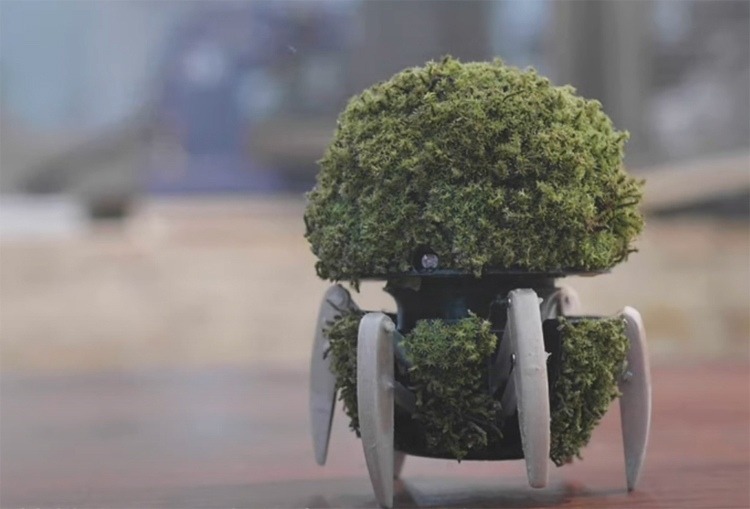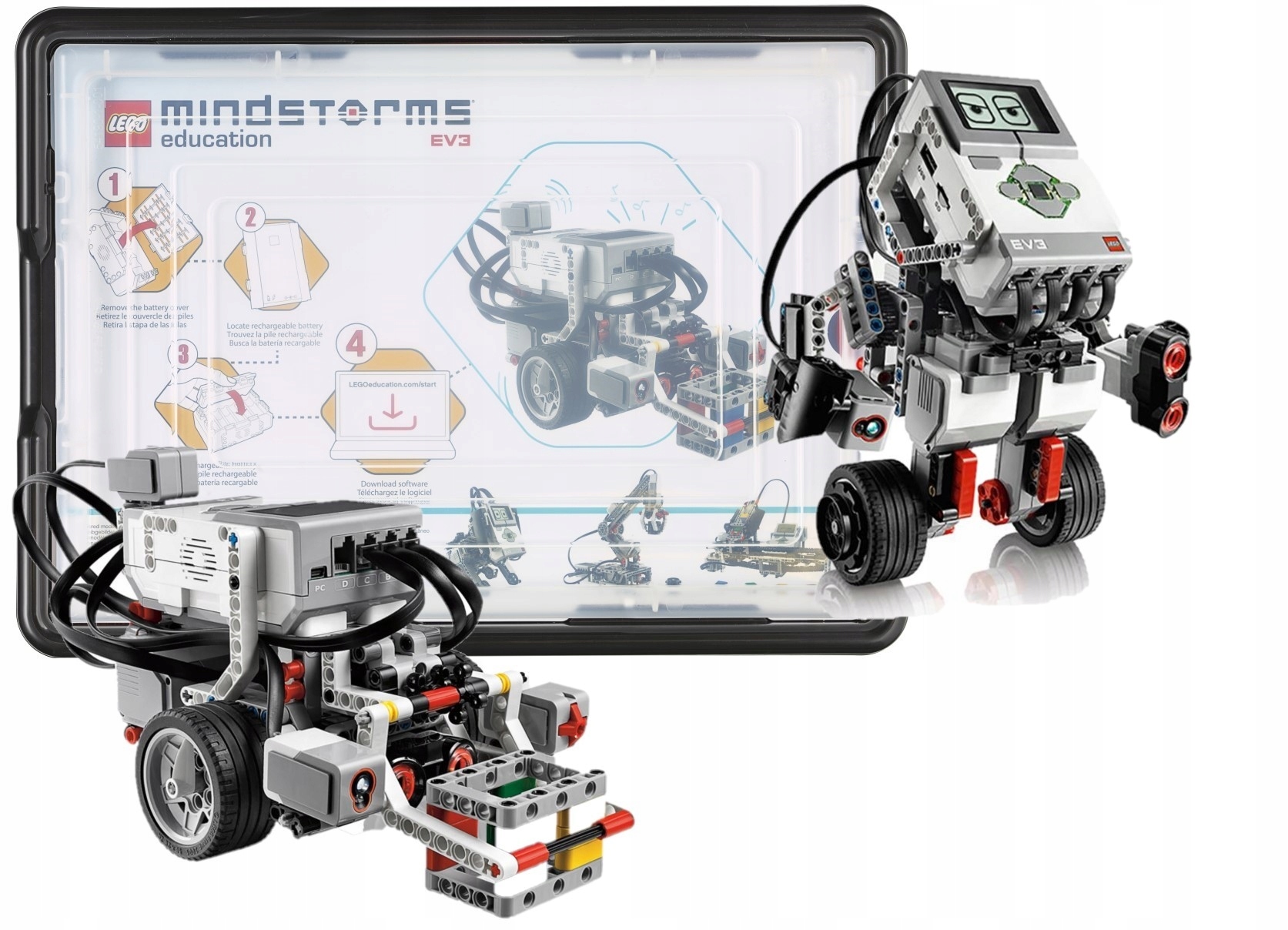In a landmark achievement blending biology with robotics, researchers from Harvard University and Emory University have unveiled the world's first fully autonomous biohybrid robotic fish. Crafted from human heart muscle cells, paper, and hydrogel, this groundbreaking device marks a significant leap forward in biomechanics and tissue engineering. Published in the prestigious journal Science, the study showcases the remarkable capabilities of this innovative creation.
The biohybrid robotic fish, weighing a mere 25 milligrams, mimics the intricate movements of a zebrafish, thanks to cardiomyocytes derived from human stem cells. Its tail fin, composed of two layers of muscle cells, operates in an antagonistic manner, replicating the rhythmic contractions observed in a beating heart. This biomechanical marvel utilizes a closed-loop system, providing an astonishing 108 days of battery life.
To regulate the contraction-stretch cycle, researchers incorporated an analogue of the sinus node, known as the G-node, which acts as a pacemaker. This autonomous control system coordinates rapid body and fin movements, propelling the robotic fish at speeds exceeding one body length per second. Over time, as the cardiomyocytes matured, the device exhibited enhanced muscle coordination and swimming proficiency, ultimately rivaling the agility of wild zebrafish.
Beyond its technological prowess, this biohybrid fish holds promise for advancing our understanding of the human heart. By simulating cardiac muscle dynamics, researchers aim to not only pave the way for the development of sophisticated biomechanical devices but also unravel the intricacies of cardiac physiology.
The creation of the autonomous biohybrid robotic fish represents a remarkable convergence of biology and engineering, heralding a new era in robotics and tissue engineering. As scientists continue to refine this groundbreaking technology, its applications in healthcare, biotechnology, and beyond are poised to revolutionize the field of robotics.


















